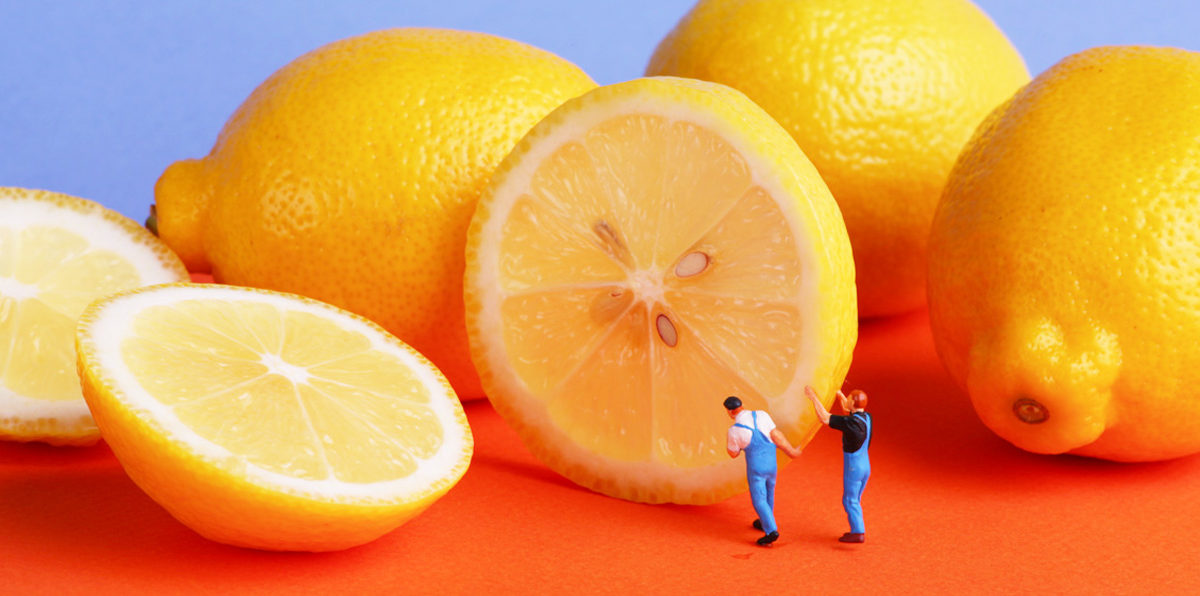We’d love to speak with you directly and answer any questions you might have about our products at (888) 759-0195. But in the meantime, here are some common questions we get all the time.
Well, on any given day 159 million Americans drink tea and of that, 80% is iced tea. As food and beverage trends continue to lead consumers to replace CSD consumption with healthier options, demand for tea will only increase. Not to mention tea has an 80-90% profit margin. So, 159 million people drink tea, 80% of that is iced, you get an 80-90% profit margin. You do the math. Seriously, we’re tea people not mathematicians, but we can safely assume the profits are a lot.
Tea is a funny, fickle thing. It’s an agricultural product so it’s influenced by the climate, soil conditions and much more, which means it varies from crop to crop. So, we take the time to perfect each batch to consistently give your customers the taste they enjoy. After all, that’s what keeps them coming back for more. And not only have we perfected the iced tea we have also perfected the equipment to go with it, so you can easily brew the perfect tea every time.
Dot Foods, a national redistribution, carries our products and delivers them in LTL (less-than-truckload) quantities to distributors in all 50 states. But off the top of our heads: McLane, Core-Mark, US Foods, Affiliated Foods, PFG, Grocery Supply, Stewart Distribution, WL Petrey, HT Hackney, Eby-Brown, JL Gaddy, Douglas Companies, and Kohl Wholesale.
Our unflavored black and green teas are all natural. Our flavored teas contain both natural and artificial flavors. So there’s a little something for everyone.
In a batch process utilizing a rotating drum mixer and an atomizing nozzle to distribute the flavoring agent onto the tea leaves. Following the flavor application, the tea is cured to allow time for the leaves to absorb the flavoring prior to packaging.
Uh, we pride ourselves on our ability to create any flavor or blend you want, volume considered. In short, yes.
Caffeine is actually inherent in the tea leaf itself. There are between 40-50 milligrams of caffeine in a typical eight-ounce cup of brewed black tea or green tea steeped for three to five minutes. To compare, a cup of black coffee has 100mg in eight ounces.
Simply put, how they’re processed after picking. They all come from the same plant, the Camillia sinensis.
White tea – after picking, the tea leaves are allowed to sun-dry. And that’s it.
Green tea – after picking, leaves are withered, rolled and dried and not allowed to oxidize or ferment.
Black tea – after picking leaves are withered, gently rolled to bruise the leaves and break down it’s cellular structure, thus liberating the juices. Then they are allowed to oxidize for one to four hours before being fired/dried by hot air to stop the fermenting. Phew.
Yes, all black, green, white and red teas contain flavonoids. The type simply depends on how it is manufactured. A group of flavonoids called catechins, aka: epigallocatechin gallatem (EGCG), are the main flavonoids found in green and white teas. During the black-tea processing, these green tea catechins form other flavonoids, called theaflavins and thearubigins. Only black tea contains these.
While tea doesn’t spoil like say, a gallon of milk, tea may begin to lose some of its flavor. So for the best taste we recommend a shelf life of four years from production of four years for unflavored teas, and two years for flavored teas. Our cases are marked with a “Best By” date to ensure quality.
Eight glorious hours, unless otherwise stated by your local health regulations.
If you’re a retailer or restaurant and your distributor doesn’t stock our products, they can always order them through DOT Foods. Coming soon, our products will be available through AmazonBusiness. If you’re a consumer, you will also be able to purchase our products on Amazon very soon!
